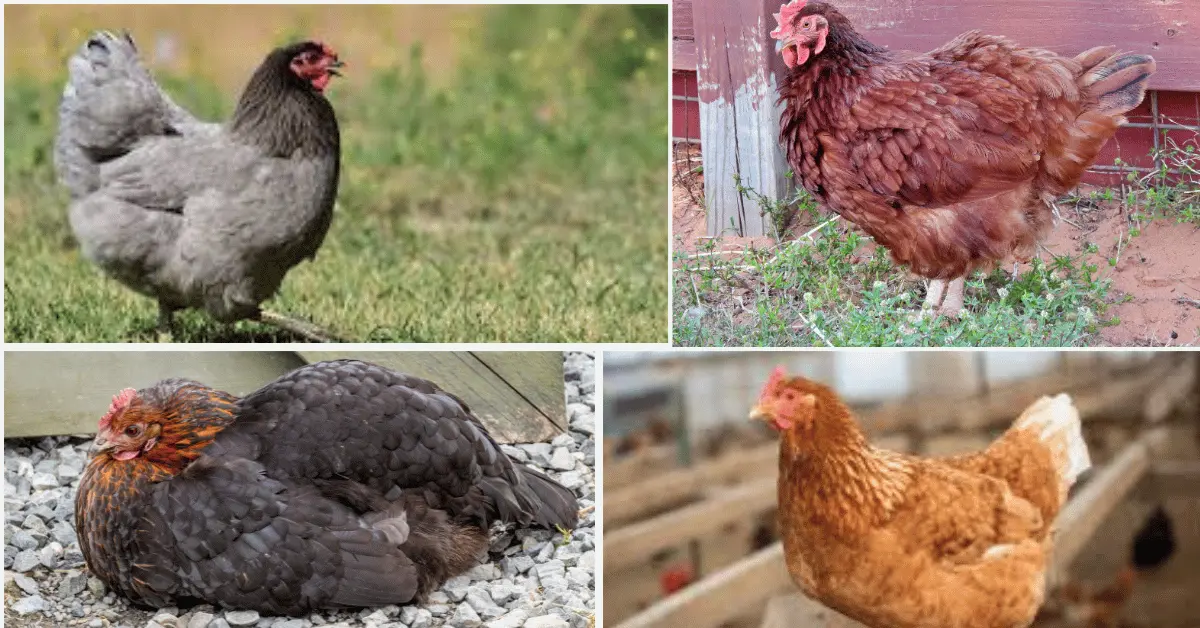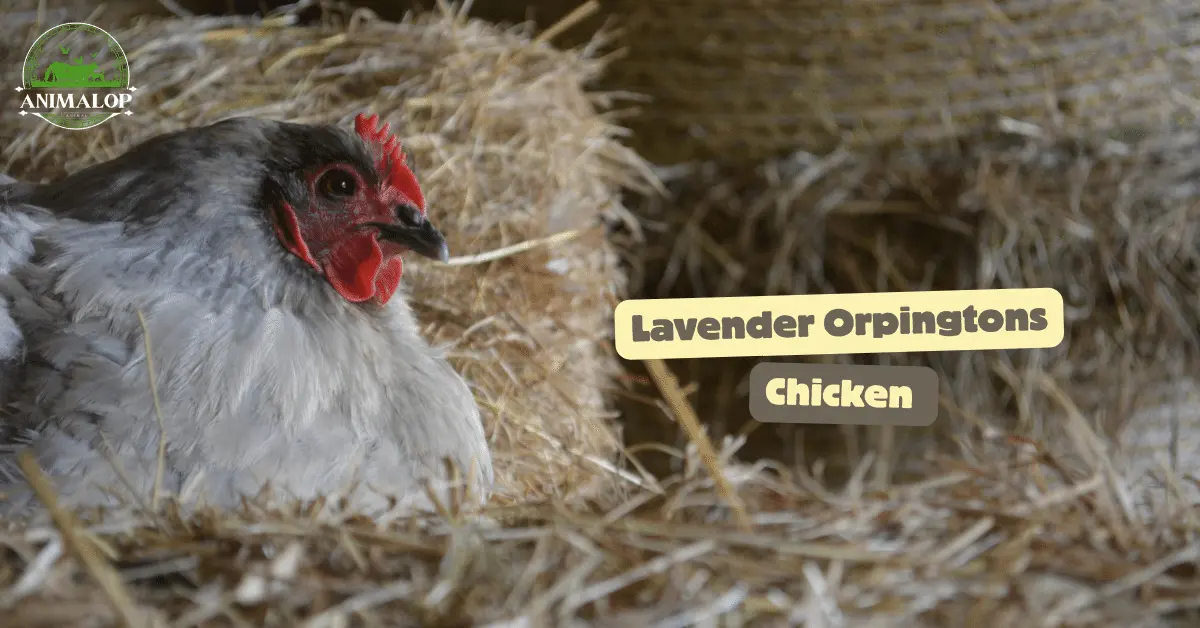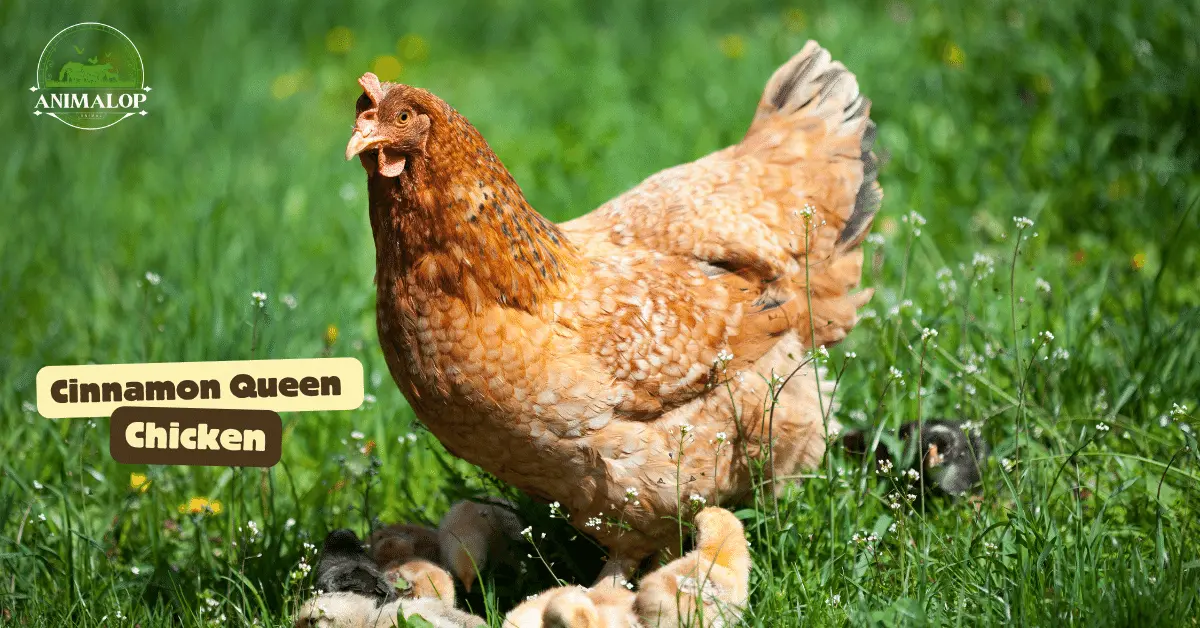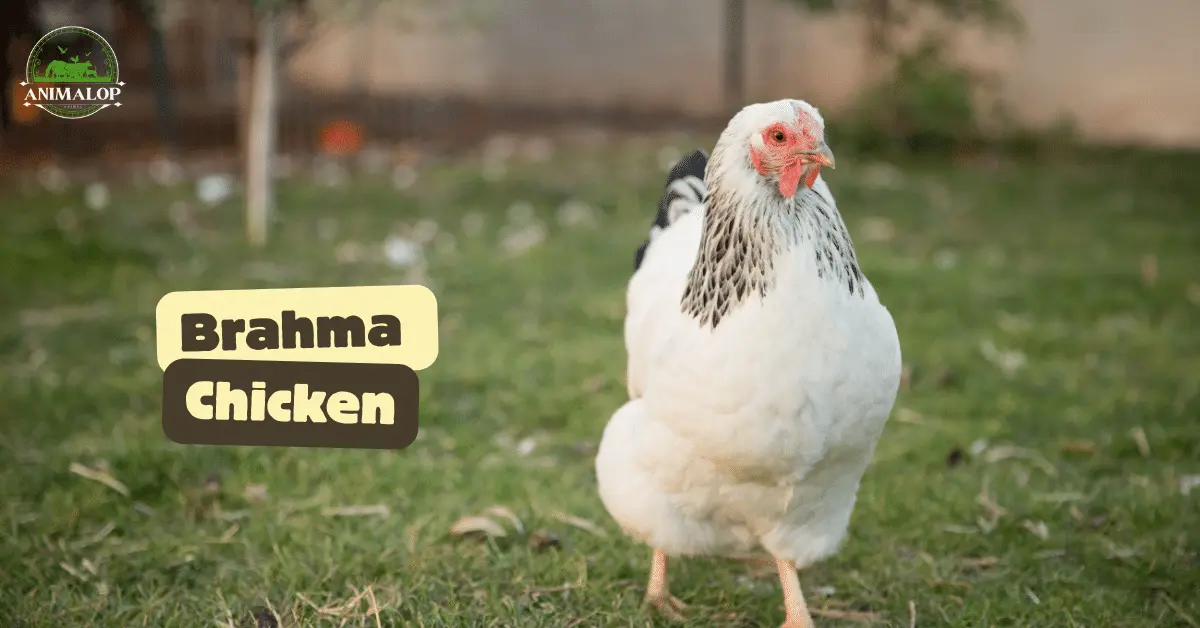Do you know about the chicken breed that lays the most eggs or can handle any weather? Hybrid chickens like Red Star, Black Star, Blue Star, and Gold Star are famous for being good at laying eggs and adapting well to different environments. They’re loved by both people who raise chickens at home and big farms.
Each of these “Star” breeds features special qualities that make them unique. They were made to lay lots of eggs and survive in different weather, but they also have different personalities and looks that make them different from purebred chickens. Let’s discuss each of them in detail.
What Are Black Star Chickens?
Black Star chickens are a type of hybrid chicken created by breeding a New Hampshire rooster with either a Barred Rock hen or a Rhode Island Red. These star chickens are ideal for laying lots of eggs and being very tough (source).
These medium-sized chickens do well in confined spaces but also need some room to move around and look for food outside.
History of The Black Star Chicken
The Black Star chicken was developed right after World War II ended in 1945. As soldiers came home and refugees moved to America, food supplies, already limited by rationing, were stretched even thinner.
To resolve this, poultry scientists worked on breeding chickens that could lay a lot of eggs. The Black Star chicken, which resulted from crossing specific chicken breeds, turned out to be great at laying eggs and could also be easily identified by sex from a young age due to its color markings.
What Are Blue Star Chickens?
Blue Star chickens are a hybrid breed created by crossing a Blue Andalusian with a Barred Rock. The chicks can be blue, or grey, or have a splash pattern. They generally grow to be similar in size and behavior to Barred Rocks.
Blue Stars are popular because they are beautiful, good at laying eggs, and have friendly personalities. The chicks can be various shades from lavender to almost black. Adult hens are usually dark blue with dark eyes, slate-colored legs, and sometimes a bit of gold around the neck.
History of The Blue Star chicken
The history of the Blue Star chicken starts with its two parent breeds: the Blue Andalusian and the Barred Plymouth Rock, also known as Barred Rock. The Blue Andalusian, originally from Spain, is known for its striking blue feathers and good egg-laying abilities.
It was first valued for its decorative look and its usefulness. The Barred Rock is famous in the U.S. for its durability, consistent egg production, and friendly nature, characterized by its unique black and white striped feathers.
By breeding these two types of chickens, you get Blue Star chickens that combine the friendly nature and toughness of the Barred Rocks with the egg-laying skills of the Blue Andalusians.
These chickens also inherit the beautiful blue or blue/grey feathers from the Andalusian side and are very adaptable to different climates, making them highly desirable for their looks, temperament, and egg-laying abilities.
What Are Red Star Chicken?
The Red Star Chicken is a top performer in the egg-laying industry. It’s not actually a breed, but a specially created hybrid, often called a Sex-Link, Golden Comet, or other names depending on the hatchery or breeder.
The Red Star chicken was created in the 1950s to be a highly efficient egg producer. This chicken is common in large commercial egg farms, often seen alongside the Leghorn breed.
History of The Red Star chicken
Historically, breeding mixed-breed chickens were looked down upon and considered unacceptable. But the Red Star changed that view with its exceptional egg-laying abilities and other beneficial traits, making life easier for farmers.
The history of the Red Star goes back to a time when raising chickens in backyards was becoming less common. To meet the growing demand for eggs, the industry created this hybrid chicken that could produce a lot of eggs while consuming less food.
The most usual breeding combination uses a Rhode Island White hen and a Rhode Island Red rooster. However, breeding two Red Star chickens together won’t produce the same type of offspring; their chicks won’t automatically inherit the sex-linked traits.
What Are Gold Star Chickens?
Gold Star chickens are a popular hybrid type of chicken created by breeding a Rhode Island Red rooster with a Rhode Island White hen. They are known for being tough in cold weather, not very aggressive, and can lay up to 320 large to extra-large brown eggs each year.
History of The Gold Star Chicken
The history of Gold Star chickens goes back to the 1950s in the United States. They were first made by breeding a Rhode Island White hen with a Rhode Island Red rooster. This combination was picked to make lots of brown eggs efficiently and to make it easier to tell male chicks from female chicks right after they hatch.
Over the years, the exact mix of breeds used to create Gold Star chickens has changed. Now, hatcheries may use different combinations like Cherry Eggers, New Hampshire Eggers, and White Rocks along with the original Rhode Island Reds and Whites.
Overall, the flexibility, mixed genetics, and useful traits of Gold Star chickens have secured their reputation in the world of poultry.
The Appearance of the Red Star Chicken
The Red Star chicken is known for its striking deep red feathers, which come from its Rhode Island Red ancestors. It has some white and black feathers mixed in.
Compared to the other chickens, the Red Star’s color makes it stand out. You can usually tell the difference between male and female chicks when they hatch because the males are lighter in color, though this isn’t always reliable.
When it comes to the Blue Star chicks vary in color from light purple to dark gray and almost black. They also have light yellow and white spots on their bellies and wings, and sometimes red or white spots on their faces. This variety of colors is different from the mostly red appearance of the Red Star.
Black Star chickens are easy to spot too. The females mostly have black feathers with some gold spots, especially on their chests. The males look different from the females and have a pattern similar to Barred Rocks, so it’s easy to tell them apart from the females. This clear difference between the males and females isn’t as noticeable in the Red Star chickens.
Gold Star chickens also show a clear difference between males and females. The males are all white, while the females have a very light red color with whitetails and wing tips. This is quite different from the solid red color of the Red Star chickens, which makes the Red Star look more vibrant and colorful compared to the more subdued colors of the Gold Star chickens.
Size And Meat
When it comes to size and potential for meat, the Red Star chicken is a great choice for those looking to raise chickens that can provide a hearty meal.
These chickens usually weigh around 8 pounds when mature, making them just the right size for a family dinner. They are especially valued by backyard chicken owners because they serve a dual purpose, being excellent for both meat and egg production.
Similarly, the Gold Star chickens reach about 8 pounds for males and 6 pounds for females at maturity. Like the Red Stars, they are well-suited for those looking for a chicken that can provide both eggs and a decent amount of meat, though the females are somewhat lighter.
In the case of Black Star chickens are slightly smaller, with weights of just over 5 pounds similar to the weight of Cream Legbar chickens. They are known for their prolific egg-laying abilities, especially the females, which are distinguished by their black feathers with either gold or silver around the neck and breast.
The males are marked by black feathers with white barring. It’s important to note that since Black Stars are hybrids, they don’t pass on their specific characteristics to their offspring.
Blue Star chickens weigh between 5 and 6 pounds and are notable for their unique blue color, from their beaks to their toes. Not only are they beautiful, but they also feature calm and busy personalities.
Though slightly smaller, they are still robust and round, making them a good choice for those interested in both aesthetics and functionality in their flock.
Eggs
Like Australorps, Red Star chickens are excellent egg layers, capable of laying nearly an egg a day under ideal conditions.
This could total up to 360 eggs per year, though a more realistic count might be closer to 300 due to various factors. Their eggs are not only plentiful but also large and beautifully brown, making them a great addition to any farm-fresh egg stand.
During the 1940s and 1950s, Black Star chickens were known for their impressive egg production, often leading the pack in terms of numbers. They could lay between 250 to 300 extra-large brown eggs annually.
Black Stars are hardy and not very demanding, making them an ideal choice for both free-range environments and more controlled settings.
Blue Star chickens are also celebrated for their egg-laying prowess. Bred specifically for this purpose, a single Blue Star can produce about 240 large brown eggs per year. Their consistent laying makes them particularly valuable for those who wholly depend on a steady supply of eggs.
Gold Star chickens, a hybrid of Rhode Island Red roosters and Rhode Island White hens, are known for their robustness and docility. They can lay up to 320 large to extra-large brown eggs each year, combining the best traits of both parent breeds.
The Hardiness Of The Red Star Chicken
Red Star chickens are quite versatile and adapt well to different climates. However, like any chicken with a single comb, they do require some care during very cold weather to prevent frostbite on their combs. Other than this, they handle the cold well and can continue to lay eggs throughout the winter if they have proper shelter and a comfortable nesting box.
Whereas, Blue Star chickens are also known for their hardiness. They are capable of living in a variety of temperatures as long as they have adequate shelter.
Black Star chickens are especially noted for their robustness and ability to adapt to various climates and conditions. They are considered one of the hardiest breeds for a wide range of geographical areas.
Similarly, Gold Star chickens are hardy in all weather conditions. Their ability to survive in diverse climates makes the farm owners free from the difficulties of unpredictable weather patterns.
Overall, all four chicken breeds are known for their tough nature, but the Black Star chickens wins for their exceptional adaptability.
Temperament
When you get Red Stars from a hatchery, you can expect a range of personalities as they mature.
You could ask the breeder about the parent breeds to get a sense of what to expect. Generally, Red Stars are known to be docile with people but can be slightly more aggressive towards other chickens.
They have a notable tendency to fly, often reaching high perches or roosts, which can make confining them challenging without proper netting or wing clipping.
Gold Star chickens are known for their friendly and easy-going nature similar to Brahma chickens.. They rarely start conflicts within the flock, making them ideal for mixed flocks where peace is valued.
Black Star chickens are also known for their friendly and quiet demeanor. They usually only vocalize after laying eggs and are not prone to broodiness.
Their hardiness makes them well-suited to cold climates, handling harsh winters better than many breeds.
Blue Star chickens are appreciated not only for their beauty and egg-laying abilities but also for their calm and engaging personalities. They are solid, round birds that are busy yet friendly, often becoming favorites among those who raise them.
FAQs
Final Thoughts
I love Star chickens for their impressive egg production, resilience in different climates, and friendly personalities, which make them dependable and enjoyable companions in my flock.




